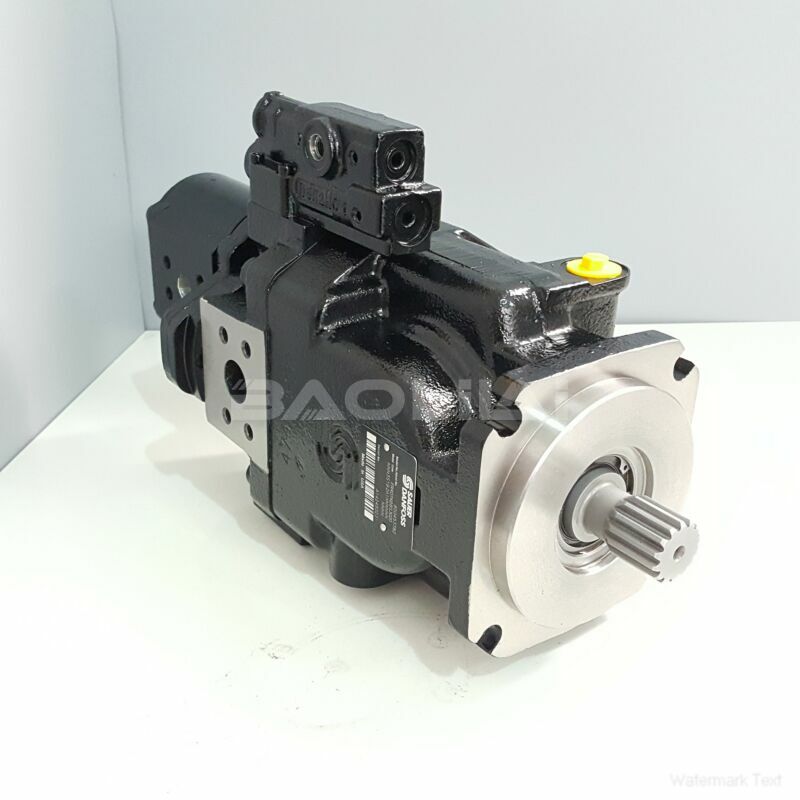FRR074BLS2520NNN3S1N2A1NNNNNNNNNN hydraulic pump
FRR074BLS2520NNN3S1N2A1NNNNNNNNNN hydraulic pump

- Product Details
- Applicable Scene
High-pressure pumps play a pivotal role in the development and efficiency of drug delivery systems, particularly in the fields of pharmaceuticals and biotechnology. These pumps are essential for ensuring that drugs are delivered accurately and efficiently to their intended sites of action within the body. This article explores the significance of high-pressure pumps in drug delivery systems, the mechanisms through which they operate, and their impact on patient care.
FR-R-074B-LS-25-20-NN-N-3-S1N2-A1N-NNN-NNN-NNN
FRR074BLS2520NNN3S1N2A1NNNNNNNNNN
One of the primary functions of high-pressure pumps in drug delivery systems is to administer medications with precision. In many cases, especially in intravenous therapies or minimally invasive procedures, the control of flow rates and pressures is crucial. High-pressure pumps allow healthcare providers to deliver a predetermined volume of medication at a consistent rate, which enhances therapeutic efficacy and minimizes the risk of adverse effects. The ability to adjust pressure settings also increases the versatility of drug formulations, accommodating a wide array of substances, including high-viscosity or sensitive biological agents.

83032926
In recent years, advances in technology have led to the development of smart high-pressure pumps equipped with sophisticated monitoring systems. These devices can track and display real-time data on flow rates, pressures, and volume delivered. This continuous monitoring allows for immediate interventions if fluctuations occur, ensuring patient safety and optimizing drug delivery. Moreover, the integration of these pumps with computerized systems enables automated dosing, reducing human error and streamlining the administration process.
High-pressure pumps also play a crucial role in the formulation of drugs. In processes such as microfluidics and nanotechnology, high-pressure pumps facilitate the production of nanoparticles and microparticles that can enhance drug absorption and targeted delivery. By manipulating the pressure and flow rate, manufacturers can control the size and distribution of these particles, which can significantly influence their therapeutic outcomes. This capability is particularly important for drugs that require specific particle sizes to optimize bioavailability or reduce side effects.





